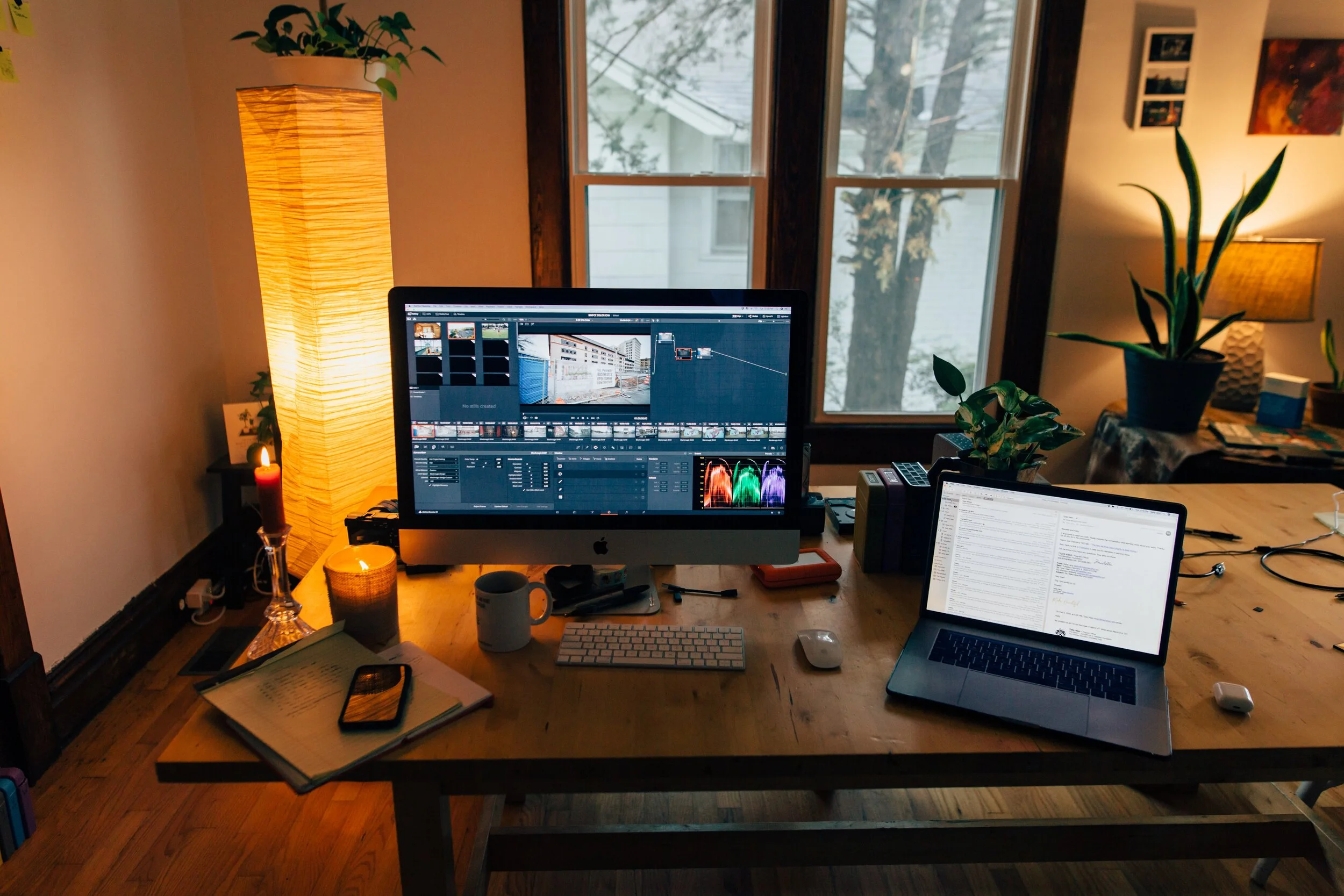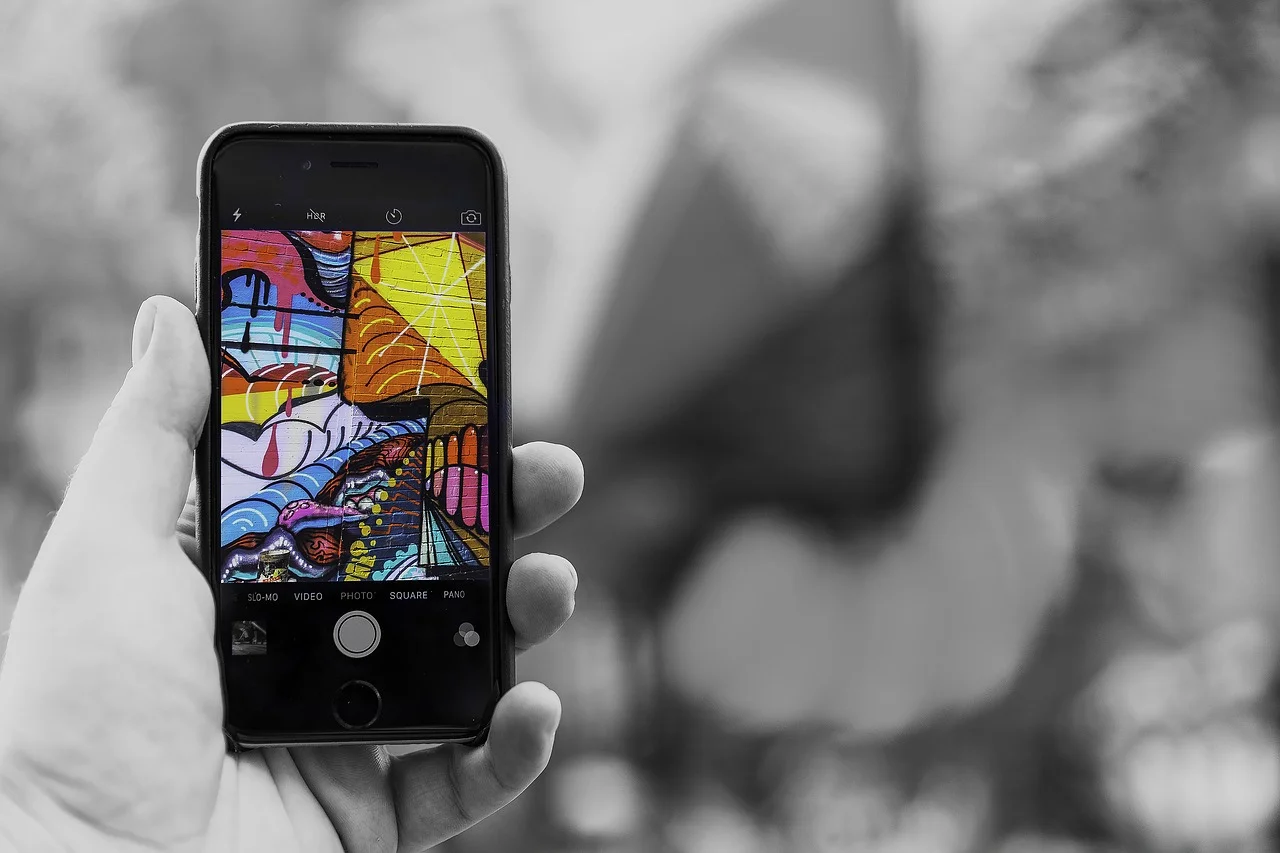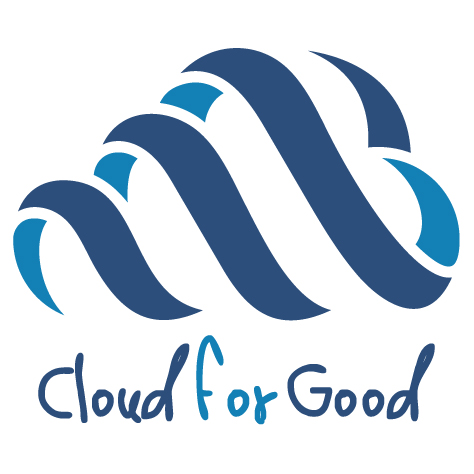Through a narrative-focused approach to digital placemaking, users gain an understanding of the environment they inhabit and perhaps a sense of “home.” However, A true collective experience cannot take place when certain populations lack the access and/or ability to participate in events, particularly in a digital space. Digital inequity has been entrenched as a significant barrier to education, employment, healthcare, and commerce in the 21st century.
2021 Top 10 Most-Read Articles
As we welcome 2022 for myriad reasons, be sure to catch up on what you missed in 2021 by reading out top 10 most read articles. Surprisingly (or not), while the last year continued to show interest in covid’s impact on technology and work, our readers were curious about a broad set of content — from NFTs to using technology to track dance. Which of these articles did you read, or miss?
NFTs Legal Considerations and Implications
In early 2021, the $69M sale of Everydays – The First 100 days, by Beeple, sprung NFTs from a niche but growing section of the digital art world into the mainstream public consciousness. Google searches for NFTs skyrocketed. Saturday Night Live spoofed the rapid sector growth with a parody of Emenim’s “Without Me” entitled “What the Hell’s an NFT.” A 10 second clip of the sketch was subsequently turned into an NFT which sold for $365,000. As pop culture awoke to and embraced this facet of the digital art world, so too has the urgency for artists, museums, and collectors to understand the rapidly evolving legal considerations within the NFT space.
Home Studio Technology: Software
This article—focused on software—is the second in a series focused on informing our readers about home studio technology. The broad categories covered in this post—graphics and illustrations, audio, video, streaming, web services, and podcast services—detail the most popular tools and well-regarded alternatives that can help you improve your working-from-home experience.
Home Studio Technology: Hardware
The quarantine and social distancing guidelines for this pandemic have shifted many areas of life online. Many arts administrators, along with those in other career fields, are in their seventh month of working remotely and may be looking for ways to improve their experiences. This guide is meant to help improve the quality of experience for virtual work and social meetings through home studio technology, and to provide creators and hobbyists with information to get started with or improve their projects.
What Arts Organizations Can Learn From Sports: The NBA
This week, AMT Lab has been investigating what lessons arts organizations can learn from sports as they seek to provide engaging digital experiences for audiences. The National Basketball Association (NBA) is the most prestigious and well-known basketball league in the world, making it imperative that they continue to engage their fans during the pandemic while securing revenue from broadcasts. They found solutions that would permit fans, specifically younger generations, to continue to interact with each other during the games—something that arts organizations could apply to their virtual performances.
What Arts Organizations Can Learn From Sports: La Liga
As arts organizations look to provide digital experiences to engage audiences, there are lessons to be learned from sports leagues that have restarted seasons and successfully broadcast them to international audiences amidst the Covid-19 pandemic. One example is La Liga. The Spanish league most commonly known as La Liga is one of Europe’s top five soccer leagues. The 2019-2020 season kicked off on August 16, 2019 and was set to go until May 2020, but as the world—and Spain specifically—saw the rapid growth of Covid-19, the league was temporarily suspended. With the campaign entitled #BackToWin, it was the second major European league to resume, with no fans in the stadium and strict safety guidelines. To make the matches a marketable product from an entertainment standpoint, broadcasters experimented with AR “fans” and artificial crowd noise. A spike in La Liga’s international viewership reflects not only the fans’ desire for the return of live sports, but also the value of the product La Liga and its broadcasters were able to create. As sports—and the arts—look for ways to perform virtually, La Liga offers an example for how to do so successfully.
What Arts Organizations Can Learn From Sports in the New Normal
So why sports? Although the general perception of the sports industry focuses on teams and their players, the sports industry encompasses a vast number of stakeholders that affect the state of the industry. The industry is made up of a complex web of live sporting events, food stands, media rights, and brand sponsorships. Most importantly, as with the arts, fans and audiences play a key role when it comes to analyzing the state of the industry. Unlike the situation for arts audiences, the global sports market is growing and expected to continue to grow due to esports, an increase in the number of internet accessible devices and the advent of 5G. What opportunities could this offer arts organizations looking for digital innovations to reach audiences?
The Present & Future of Arts Organizations, Technology, and the Pandemic
As arts managers, we try to keep up with technology changes and upgrades. Adopting technology to support a mission and vision is critical, whether it is to serve an audience directly or make a workspace more efficient. Yet, even when the best strategies are put into place, life derails us, and even the strongest organizations are put to the test.
Consumers Spent Big This Holiday Season - What and How Did They Buy, and What May Capture Their Attention Next?
There are a lot of options for how people may choose to allocate their time, attention, and financial resources. To an extent there is competition in the cultural sector between museums, theaters, and other similar organizations, but external options, such as other forms of entertainment or educational technology, present a plethora of choices for the consumer. With that in mind, as we start the year let’s take a brief scan of what was hot in the tech world through the 2018 holiday season, and what appears to be on the horizon.
Immersion, is it AR/VR or Just R?
#TBT: WOYP & Top Tech Article
Building Audiences Part II: The Results
Why Net Neutrality Matters for Arts Institutions
Net neutrality died by the hand of the FCC in November 2017. The policy, to be implemented summer 2018, will be detrimental to the work and impact of arts institutions and artists. The following article provides an overview of what changed, why net neutrality is important to the arts, and what you can do to help reverse the policy, or, as AT&T's CEO has called for, ask for Congress to create a consumer Internet Bill of Rights.
Building Audiences Part I: An Experiment in DIY Augmented Reality
Highlights of 2017 and a mini-preview of what is to come
4 Technology Tips to Make the Most of Your Thanksgiving Weekend!
White Paper Wednesday: Cleveland Museum of Art's Gallery One
Jami Rutherford - How technology plays a key role in Arts Management
Jami Rutherford is a project manager with Cloud for Good, a Salesforce Consulting Partner and Certified B Corporation that helps nonprofits advance their mission via the Salesforce platform. Jami recently sat down with AMT Lab contributor Katie Grennan to discuss how she has seen technology impact the arts industry and what she feels the future holds for the increasing intersection points between the two.
News Roundup: New Possibilities In 3D
AMT-Lab contributors are always looking at all sorts of new technologies in the world of 3D. With the increasing popularity of technologies such as 3D printing, the possibilities continue to emerge. These new technologies and their uses in the art world keep us interested in how the intersection of art and technology impact our world.
























